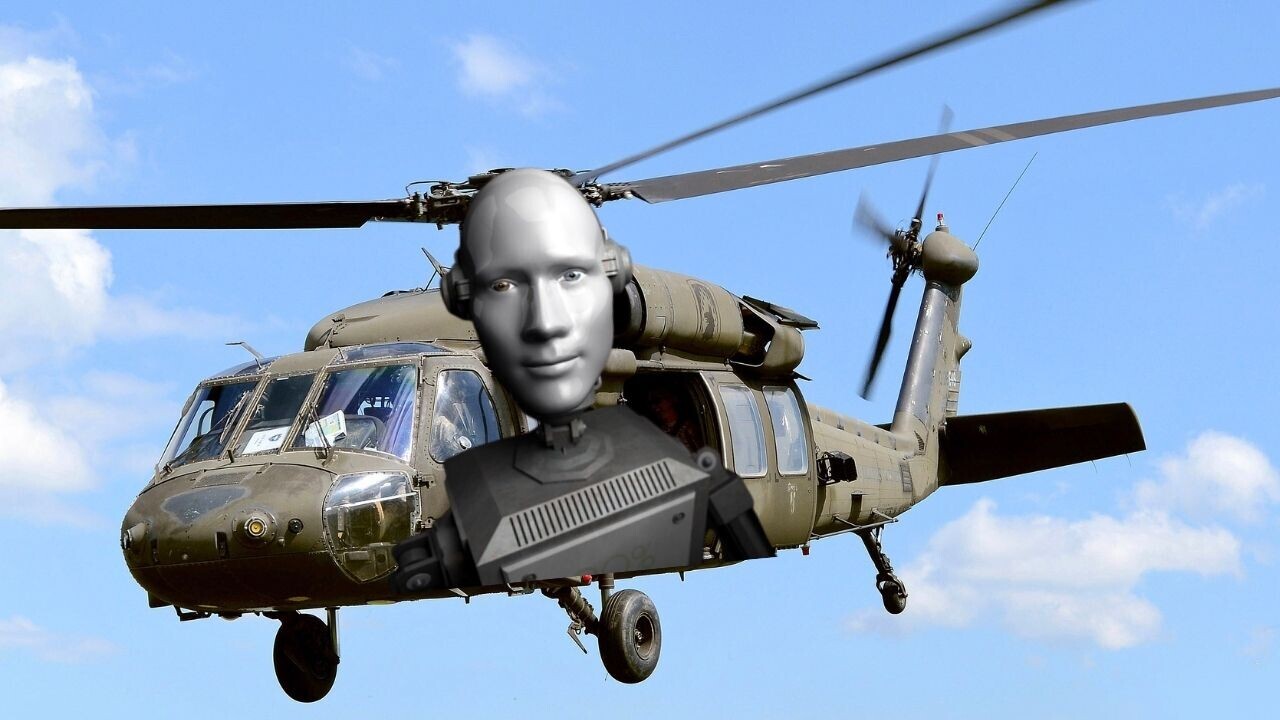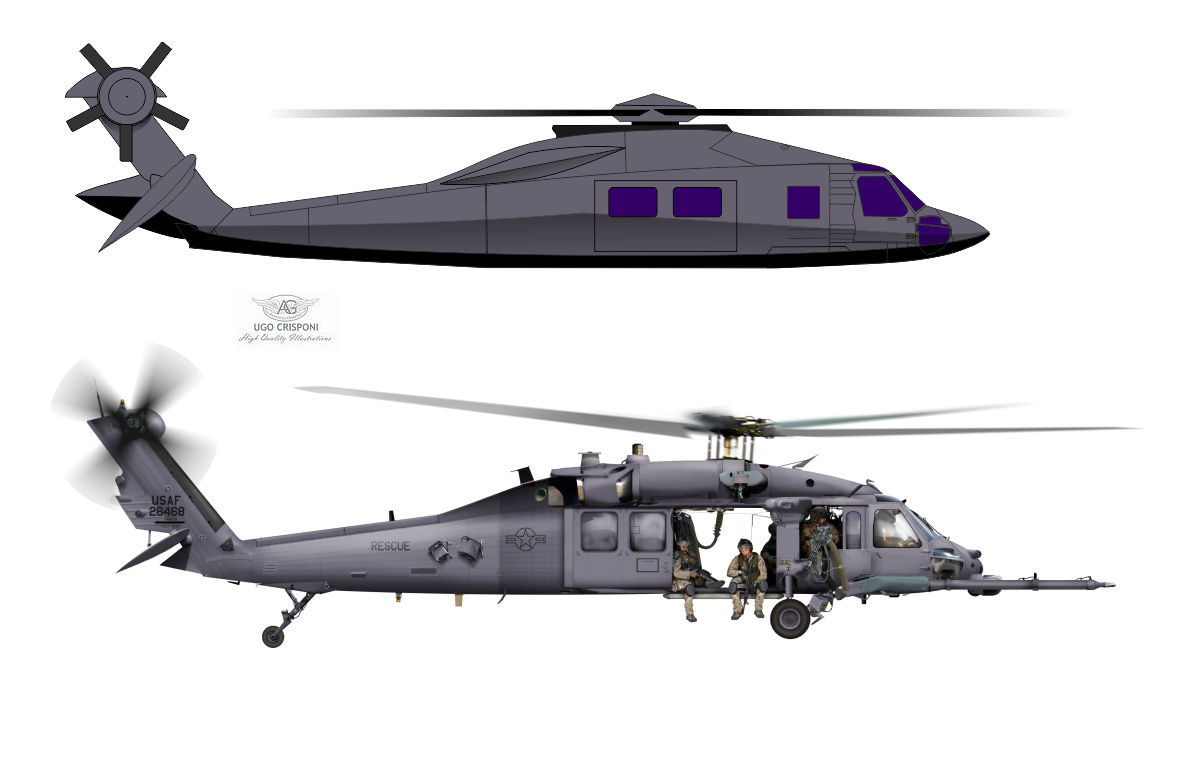Discover the Blackhawk Helicopter's Contributions to Modern Warfare and Peacekeeping
Discover the Blackhawk Helicopter's Contributions to Modern Warfare and Peacekeeping
Blog Article
Checking Out the Thrills and Innovations of the Blackhawk Helicopter
The Blackhawk helicopter stands as a testament to army air travel's development, merging technological improvements with practical applications. What exists ahead for this legendary airplane, and how will emerging technologies form its future in military operations?
History of the Blackhawk Helicopter
Considering that its creation in the 1960s, the Blackhawk helicopter has played an essential function in contemporary army air travel. Established by Sikorsky Aircraft, the UH-60 Blackhawk was created to satisfy the united state Military's demand for a flexible energy helicopter efficient in doing a range of missions, consisting of army transportation, clinical evacuation, and freight airlift. The design was a reaction to the restrictions of earlier helicopters, specifically in regards to ability to move, rate, and survivability.
The Blackhawk made its very first flight in 1974 and soon got in solution in 1979. Its introduction noted a considerable improvement in helicopter innovation, including a two-rotor system that boosted performance and stability. The aircraft's tough construction and progressed avionics enabled it to operate properly in diverse environments and problems.
Throughout the years, the Blackhawk has actually been continually updated, integrating lessons picked up from different battle scenarios. Its release in disputes such as the Gulf Battle, Somalia, and the Battle on Terror further strengthened its online reputation as an indispensable property. The Blackhawk's heritage is characterized by its versatility and strength, making it a foundation of army air travel for years.
Key Attributes and Requirements
The Blackhawk helicopter is distinguished by its robust layout and progressed technological features, which collectively boost its operational capabilities. Created mainly for utility goals, the Blackhawk flaunts an optimum launch weight of about 22,000 extra pounds, permitting it to lug significant hauls while maintaining agility.
Furnished with two General Electric T700-GE-701C engines, the Blackhawk attains an optimal rate of around 183 knots and a series of 368 maritime miles - Blackhawk Helicopter. Its state-of-the-art rotor system features a four-blade primary blades and a four-blade tail blades, guaranteeing security and maneuverability in various flying conditions
The helicopter's cabin can suit approximately 11 troops or different freight setups, showcasing adaptability in mission accounts. In addition, the Blackhawk is designed with sophisticated avionics, consisting of digital trip controls and a thorough cabin screen, improving pilot situational awareness.
For enhanced survivability, the Blackhawk integrates ballistic shield and self-sealing fuel tanks. Its capability to run in diverse atmospheres, from deserts to icy terrains, even more strengthens its track record as a reputable system for humanitarian and military operations alike. The Blackhawk's combination of durability, adaptability, and power makes it a keystone of modern aerial capacities.
Advancements in Innovation
Advancements in innovation have dramatically enhanced the capabilities of the Blackhawk helicopter, ensuring it continues to be at the leading edge of army air travel. Among one of the most remarkable improvements is the assimilation of advanced avionics systems, which supply improved situational awareness via real-time information processing and screen. This innovation allows pilots to browse complicated settings more effectively, boosting objective success rates.

In addition, the introduction of digital fly-by-wire systems has reinvented the control mechanisms of the Blackhawk, supplying smoother handling and enhanced responsiveness. Jointly, these technical innovations guarantee that the Blackhawk helicopter continues to be a vital possession in modern military operations.
Duties in Military Workflow
With advanced modern technology enhancing its abilities, the Blackhawk helicopter plays a complex role in military procedures. Primarily, it is employed for army transportation, enabling click site quick release and removal of personnel in different battle circumstances. Its large cabin can suit approximately 11 troops, making it a vital property for large-scale objectives and special operations.
In Addition, the Blackhawk functions as a medevac system, equipped to transfer injured soldiers quickly and effectively from the combat zone to clinical centers - Blackhawk Helicopter. Its versatility reaches logistical assistance, where it lugs products and tools crucial for maintaining military procedures in remote locations

The helicopter is likewise important in reconnaissance missions, giving airborne surveillance and intelligence-gathering capabilities. Its capability to run in varied environments-- ranging from city settings to severe surfaces-- additional strengthens its significance on the field of battle.
Additionally, the Blackhawk can be equipped with additional reading advanced weapons, allowing it to involve in battle and offer close air support. This adaptability highlights the helicopter's essential duty in modern-day armed forces strategies, making it a crucial part of militaries worldwide.
Future Developments and Innovations
Advancements in modern technology promise to usher in a brand-new age for the Blackhawk helicopter, enhancing its capacities and operational effectiveness. As the military landscape progresses, so too does the focus on integrating innovative modern technologies into rotary-wing airplane. Future developments for the Blackhawk might include improvements in avionics, such as sophisticated trip control systems and enhanced situational recognition tools powered by synthetic intelligence. These technologies will assist in more exact navigating and decision-making in complicated settings.
Additionally, the combination of unmanned systems is on the horizon, potentially enabling for manned-unmanned teaming procedures that can increase goal accounts and minimize threat to employees. The Blackhawk's design is also expected to integrate lighter and stronger materials, improving fuel effectiveness and total performance.

Final Thought
To conclude, the Blackhawk helicopter represents a considerable accomplishment in army aviation, characterized by its versatility and progressed technical functions. Its historic advancement reflects a regular response to functional demands, enhancing abilities in different duties such as see page army transport and medevac procedures. Recurring technologies, including the assimilation of man-made knowledge and hybrid-electric propulsion, assure to further strengthen the Blackhawk's effectiveness and importance in future armed forces interactions, guaranteeing its standing as an essential asset on the combat zone.

With innovative technology enhancing its capacities, the Blackhawk helicopter plays a complex role in military operations. (Blackhawk Helicopter)
Report this page